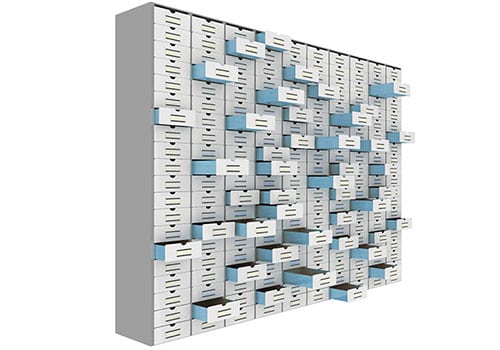Text Analytics Solutions
Fast and graceful

Fast and graceful
Extracting knowledge from textual documents is not an easy task. Language has numerous layers of structure and complexity that need to be tamed in order to harvest knowledge dispersed throughout textual documents. Discover what automated text analysis can do to simplify your work. If you are just looking for a basic understanding of what is Text Analytics, start here:

One frequent task of text analysis is to extract and organize facts of interest encountered in piles of textual documents. For example, a company might need to extract from the news stream relevant facts about competitors: their business relations, technologies, products, acquisition budgets, key employees, etc. Or a pharma company might seek to scour patient medical records for facts describing the use of their drugs: indications, dosage, duration, form, mode of application, and possible adverse events. Megaputer offers tools and solutions performing fact extraction in different domains.


You frequently need to identify in textual documents patterns related to a set of pre-defined categories. This operation is called “document coding” and is frequently used in the analysis of call center transcripts, textual survey responses, comments in reviews, and many other applications. You want the system to group in the same category those text records that might use different words but convey the same ideas. Megaputer provides tools that facilitate automated document coding based either on machine learning or on the combination of linguistic, semantic, and pattern recognition techniques.
Facing the task of organizing a large collection of documents, you might have no initial guidance whatsoever about either the content or the structure of documents you need to analyze. In this situation, the first task to address is document clustering, where one tries to determine the rough collection of topics the documents are covering and separate into different groups the documents that belong to different topics. Megaputer provides document clustering based on Latent Semantic Analysis and other advanced techniques.


The goal of classification is to identify the main topic of the document. Say your company is receiving thousands of customer requests every day. Each of these requests has to be addressed by the support rep who has good knowledge of the main subject in the request. To decide to which of the several hundred support reps the request should be routed to, you need to automatically detect the main topic of the request, compare it with the main competencies of various reps, and select the best match. We can supply you with capable document classification tools.
Accurate assessment of public sentiment toward events, brands, and products helps companies make informed decisions. Classifying the sentiment of a document is easier when reviewers explicitly state their attitude toward the subject. But consider a purely factual statement from a hotel review: “Their shower had no hot water.” While this comment does not explicitly contain words with negative tone, the underlying sentiment tells a different story. We offer tools and solutions that can perform sentiment analysis in different situations.


The ability to see a short summary prior to reading the full document can significantly increase the efficiency of work performed by analysts. Traditionally, the task of document summarization was carried out by human analysts. However, human analysts cannot keep up with the explosively growing volume of documents that require the analysis. Megaputer offers tools and solutions that can read all documents and automatically prepare their summaries, each capturing a small collection of the most important and informative sentences.
People in different countries need to perform text analysis in their own languages. Megaputer provides sophisticated natural language processing tools for native text analysis in 16 languages. If your goal is to convert everything to a single language and then run text analysis, you can try machine translation (and we can support you with that). However, machine translation introduces a great deal of errors, especially when applied to documents in Asian languages. Native NLP in the original language delivers significantly more accurate analysis.












